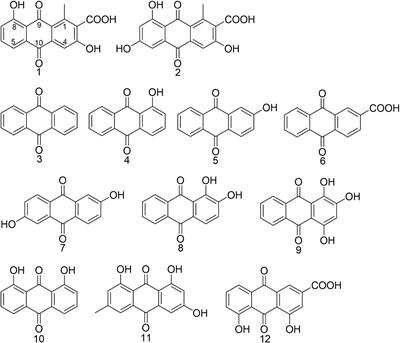EDITORIAL
Published on 28 Feb 2022
Editorial: Streptococcus spp. and Corynebacterium spp.: Clinical and Zoonotic Epidemiology, Virulence Potential, Antimicrobial Resistance, and Genomic Trends and Approaches
doi 10.3389/fmicb.2022.867210
- 2,396 views
- 2 citations











